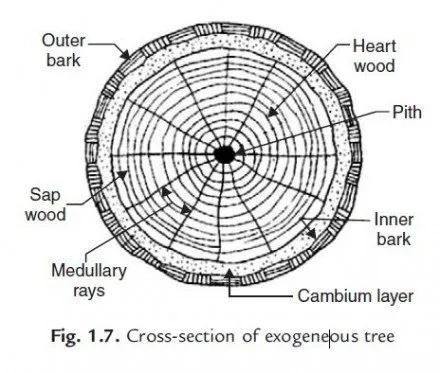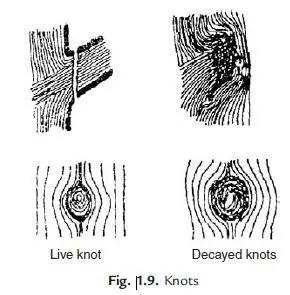In addition to ordinary portland cement there are many varieties of cement. Important varieties are briefly explained below:
(i) White Cement
The cement when made free from colouring oxides of iron, maganese and chlorium results into white cement. In the manufacture of this cement, the oil fuel is used instead of coal
for burning. White cement is used for the floor finishes, plastering, ornamental works etc. In swimming pools white cement is used to replace glazed tiles. It is used for fixing marbles and glazed tiles.
(ii) Coloured Cement
The cements of desired colours are produced by intimately mixing pigments with ordinary cement. The chlorium oxide gives green colour. Cobalt produce blue colour. Iron oxide with different proportion produce brown, red or yellow colour. Addition of manganese dioxide gives black or brown coloured cement. These cements are used for giving finishing touches to floors, walls, window sills, roofs etc.
(iii) Quick Setting Cement
Quick setting cement is produced by reducing the percentage of gypsum and adding a small amount of aluminium sulphate during the manufacture of cement. Finer grinding also adds to quick setting property. This cement starts setting within 5 minutes after adding water and becomes hard mass within 30 minutes. This cement is used to lay concrete under static or slowly running water.
(iv) Rapid Hardening Cement
This cement can be produced by increasing lime content and burning at high temperature while manufacturing cement. Grinding to very fine is also necessary. Though the initial and final setting time of this cement is the same as that of portland cement, it gains strength in early days. This property helps in earlier removal of form works and speed in construction activity.
(v) Low Heat Cement
In mass concrete works like construction of dams, heat produced due to hydration of cement will not get dispersed easily. This may give rise to cracks. Hence in such constructions
it is preferable to use low heat cement. This cement contains low percentage (5%) of tricalcium aluminate (C3A) and higher percentage (46%) of dicalcium silicate (C2S).
(vi) Pozzulana Cement
Pozzulana is a volcanic power found in Italy. It can be processed from shales and certain types of clay also. In this cement pozzulana material is 10 to 30 per cent. It can resist
action of sulphate. It releases less heat during setting. It imparts higher degree of water tightness. Its tensile strength is high but compressive strength is low. It is used for mass concrete works. It is also used in sewage line works.
(vii) Expanding Cement
This cement expands as it sets. This property is achieved by adding expanding medium like sulpho aluminate and a stabilizing agent to ordinary cement. This is used for filling the cracks in concrete structures.
(viii) High Alumina Cement
It is manufactured by calcining a mixture of lime and bauxite. It is more resistant to sulphate and acid attack. It develops almost full strength within 24 hours of adding
water. It is used for under water works.
(ix) Blast Furnace Cement
In the manufacture of pig iron, slag comes out as a waste product. By grinding clinkers of cement with about 60 to 65 per cent of slag, this cement is produced. The properties of this cement are more or less same as ordinary cement, but it is cheap, since it utilise waste product. This cement is durable but it gains the strength slowly and hence needs longer period of curing.
(x) Acid Resistant Cement
This cement is produced by adding acid resistant aggregated such as quartz, quartzite, sodium silicate or soluble glass. This cement has good resistance to action of acid
and water. It is commonly used in the construction of chemical factories.
(xi) Sulphate Resistant Cement
By keeping the percentage of tricalcium aluminate C3A below five per cent in ordinary cement this cement is produced. It is used in the construction of structures
which are likely to be damaged by alkaline conditions. Examples of such structures are canals, culverts etc.
(xii) Fly Ash Blended Cement
Fly ash is a byproduct in thermal stations. The particles of fly ash are very minute and they fly in the air, creating air pollution problems. Thermal power stations have to spend lot of money to arrest fly ash and dispose safely. It is found that one of the best way to dispose fly ash is to mix it with cement in controlled condition and derive some of the beneficiary effects on cement. Now-a-days cement factories produce the fly ash in their own thermal stations or borrow it from other thermal stations and further process it to make it suitable to blend with cement. 20 to 30% fly ash is used for blending. Fly ash blended cements have superior quality of resistance to weathering action. The ultimate strength gained is the same as that with ordinary portland cement. However strength gained in the initial stage is slow. Birla plus, Birla star, A.C.C. Suraksha are some of the brand mame of blended cement.


This is really educative
civil bulding the future
Dear sir
I constructed an appartment by good cement we got cracks in apparment
there is clearly mentioned on the cement bags i.e either it is OPC or PPC……..the main diffrence between OPC and PPC is that in PPC flyash is mixed during final grounding
this is good for knowledge and studies too….
I love Construction studies….
Ashir
Very useful information…
how we found its s opc cement nd ppc cement nd other varition for cement
well definitions,but u have to write more and more
people now do mixed the morter the way it pleaces them without mesurment, mustly the sand will be much more than the cement, please what is going to be the effect of such mixture?